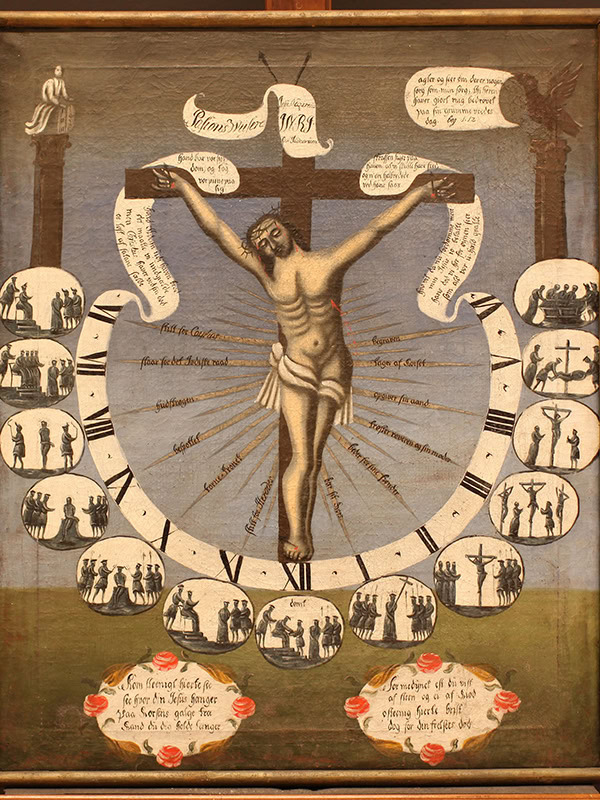
Involvement of stakeholders when assessing a collection of paintings
When conservators consider an art work’s condition for conservation purposes, different sets of value systems are used, unconsciously or not. The value methodology includes values like age value, educational value and rarity value. When the values of cultural heritage have been assessed, one conclusion is that experts need input from stakeholders when measure e.g. social values. Social value is defined as an attachment between an item or collection and a group of people or a community and may involve intangible characteristics of the object. By involving stakeholders, one gets the possibility to grasp the potential social value of your object – and learn in which way the object is important for the local or national community.
The main aim of this research is to go deeper into the different value systems that is presented in existing literature, with the focus on collections and the value that lies within stakeholder’s participation. It seeks to present the possible knowledge value that is implied in the democratisation of decision making, and question how to involve the stakeholders. This is highlighted by an empirical example of analysing the expert and the congregation’s response on a painting of “The Passion Clock” in Norwegian churches.
Due to the social role of religious artefacts and their transition of use, it is important to gain insight of the today’s meaning for the congregation. Hopefully the methodological reflections will inspire to increased focus on the positive sides of involving the local community when assessing religious art. It matters when it comes to seeing the object in context and saving it for today and for the future.
- Status In progress
- Client NIKU
- Time 2017-2018

